US nuclear generation down but share remains the same
12 April 2022
Total US nuclear electricity generation declined slightly for the second consecutive year in 2021, although nuclear's share of electricity generation has remained similar to its average share over the previous decade, according to figures from the US Energy Information Administration (EIA).
.jpg?ext=.jpg) (Image: EIA)
(Image: EIA)Output from US nuclear power plants totalled 778 million MWh in 2021, 1.5% less than the previous year. Nuclear's share of US electricity generation across all sectors was 19%.
Since 2017, the EIA has included all US generating plant retirements since 2002 in its Preliminary Monthly Electric Generator Inventory. Six nuclear units with a total capacity of 4736 MWe have retired since the end of 2017, and three more, with a combined capacity of 3009 MWe, are scheduled to retire in the coming years. These are: Palisades, in Michigan, which is scheduled to retire later this year; and Diablo Canyon, in California, where one unit is scheduled to retire 2024 and one in 2025.
Only one of the five 2021 nuclear retirements that EIA expected, of January that year, actually took place. Exelon Generation reversed the decision to retire the Byron and Dresden plants - each home to two units - following the passage by Illinois of energy legislation supporting their continued operation.
The loss of electricity generation from the only retirement of the year - Entergy Corporation's Indian Point unit 3, which closed in April after nearly 60 years of nuclear power generation at the site in New York state - was partially offset by an increase in the generation of the remaining nuclear fleet at a higher capacity factor, EIA said. The US fleet achieved an average nuclear capacity factor 93% in 2021.
The Bipartisan Infrastructure Law, enacted in November 2021, includes the allocation of some USD6 billion to prevent the premature retirement of existing nuclear power plants.
Vogtle units 3 and 4 in Georgia remain the only nuclear units currently under construction in the USA. The two AP1000 units - each rated at 1114 MWe - are scheduled to come online by the end of 2023.
UEC launches Wyoming hub-and-spoke project
08 April 2022
US uranium mining company Uranium Energy Corp (UEC) has disclosed mineral resources totalling over 69 million pounds U3O8 (26,541 tU) in the first technical filing for its Wyoming hub-and-spoke uranium in-situ leach project.
.jpg?ext=.jpg) UEC's Wyoming hub-and-spoke concept (Image: UEC)
UEC's Wyoming hub-and-spoke concept (Image: UEC)The project is centred on the fully licensed Irigaray Central Processing Plant as the "hub" with seven satellite projects - four of which are fully permitted - forming the "spokes". The satellites include assets purchased by UEC through its acquisition of Uranium One Americas (U1A), completed in December 2021, and the Reno Creek project, which it acquired in 2017.
The project consists of the Irigaray, Christensen Ranch, Moore Ranch, Reno Creek, Ludeman, Allemand-Ross, Barge and the Jab/West Jab project areas. Total measured and indicated resources across all the assets total 61,956,200 pounds U3O8, with total inferred resources of 7,105,700 pounds U3O8.
Texas-based UEC reports its mineral resources in accordance with the US Security and Exchange Commission's S-K 1300 regulation. With the exception of Reno Creek, the Technical Report Summary (TRS) filed by the company is the first time these resources have been reported under the S-K 1300 format.
Irigaray and Christensen Ranch have previously collectively been referred to as the Willow Creek project, with Irigaray plant as the processing plant for that project. Christensen Ranch is currently under care and maintenance and Irigaray is operating in a toll processing capacity. The Christensen Ranch satellite plant is also fully licensed, and Moore Ranch, Reno Creek and Ludeman are fully permitted.
UEC President and CEO Amir Adnani said the technical data from the conversion of U1A’s historical resources into fully compliant S-K 1300 resources would be employed in implementing the company's uranium extraction plans. The resources outlined in the TRS filing also represent the largest S-K 1300 resource summary completed and filed to date, he added. "These considerable permitted Wyoming resources coupled with our Texas permitted projects, positions UEC to lead the resurgence of US uranium production," he said.
Researched and written by World Nuclear News
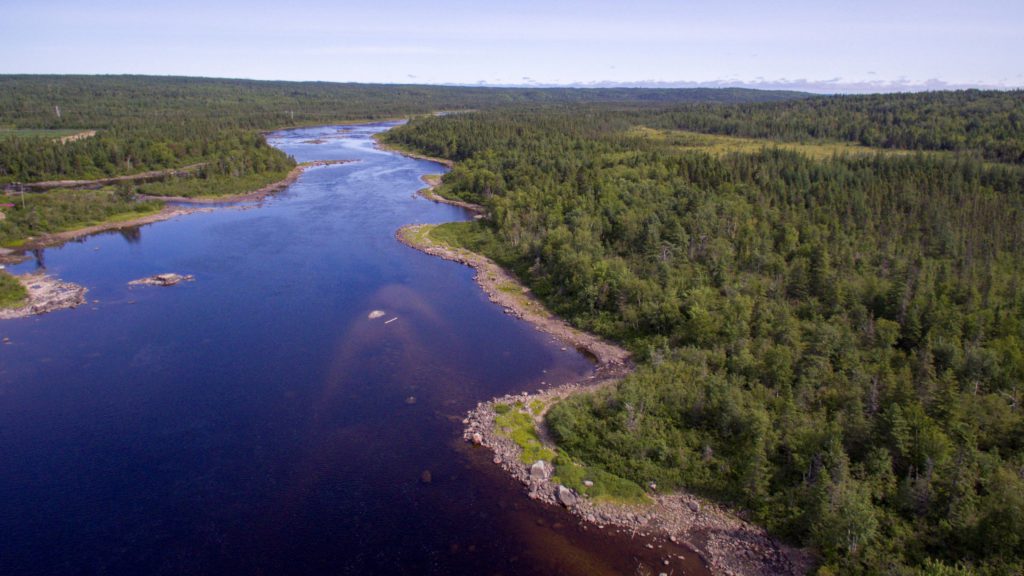

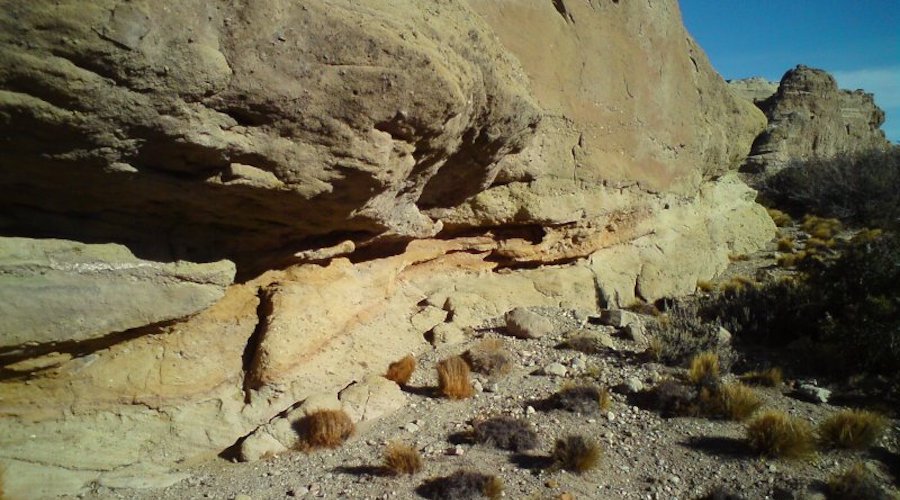
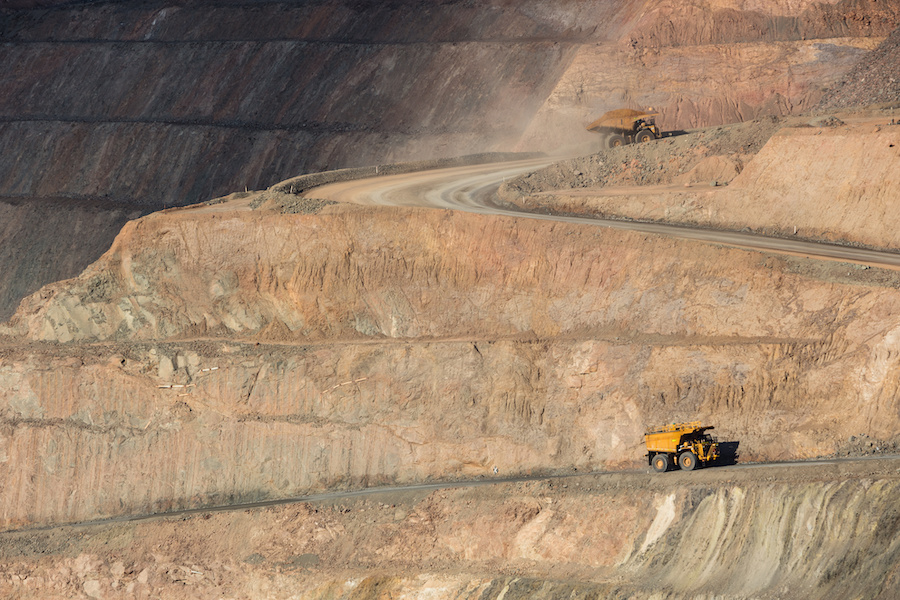

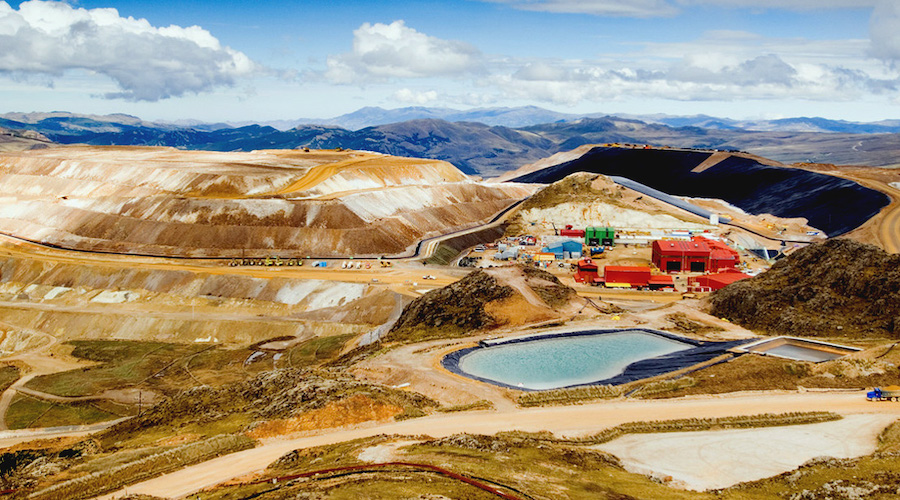
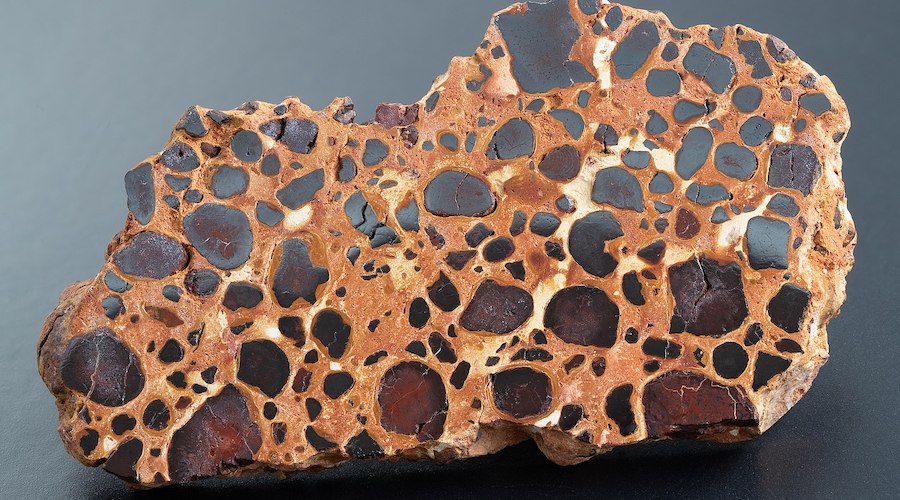
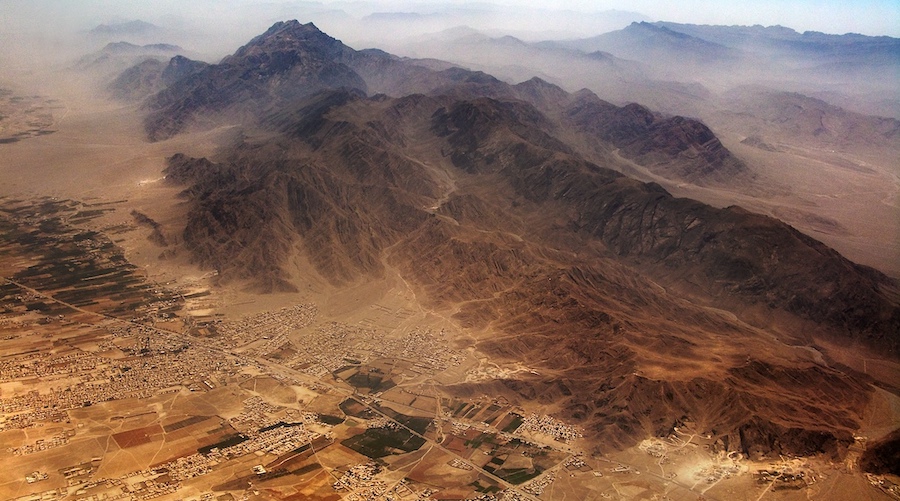
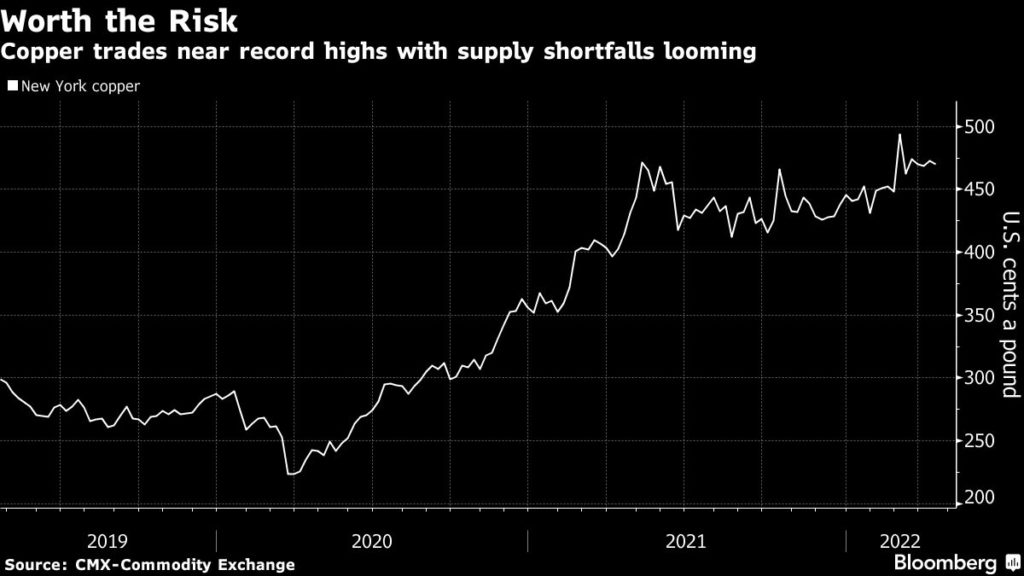
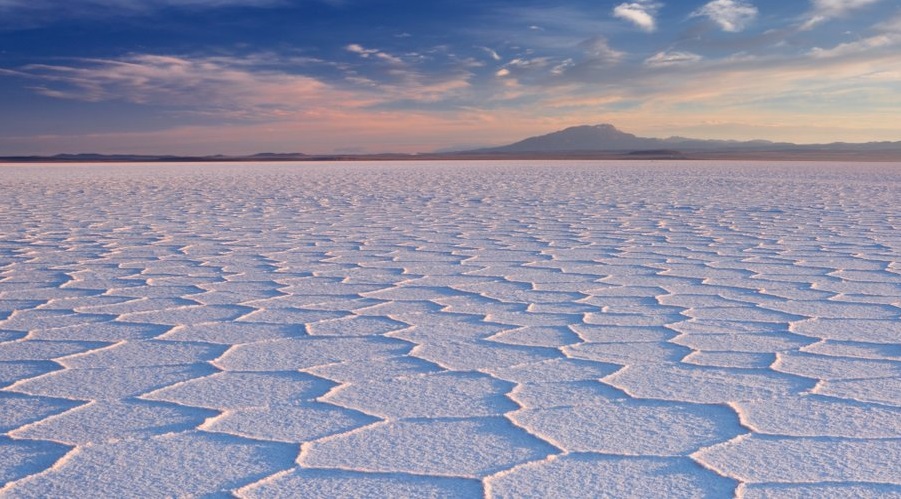
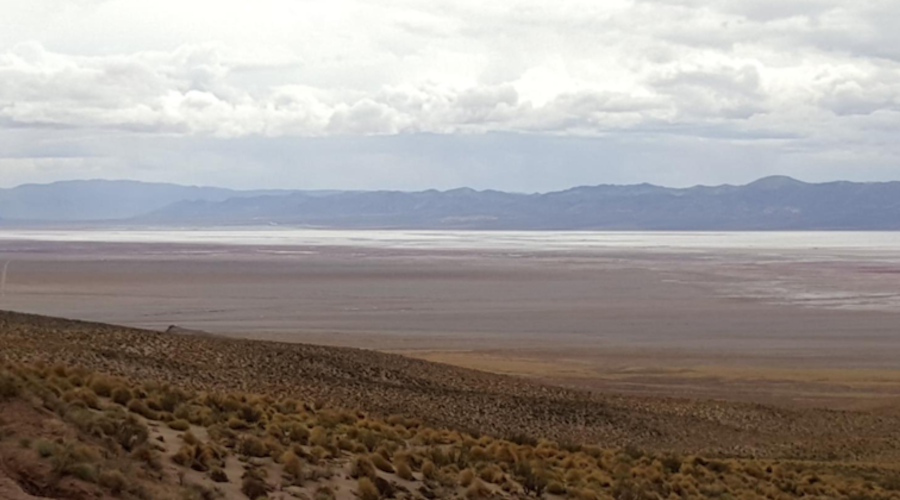
.jpg?ext=.jpg) The Pripyat River (Image: Energoatom)
The Pripyat River (Image: Energoatom).jpg?ext=.jpg) (Image: EIA)
(Image: EIA).jpg?ext=.jpg) UEC's Wyoming hub-and-spoke concept (Image: UEC)
UEC's Wyoming hub-and-spoke concept (Image: UEC)